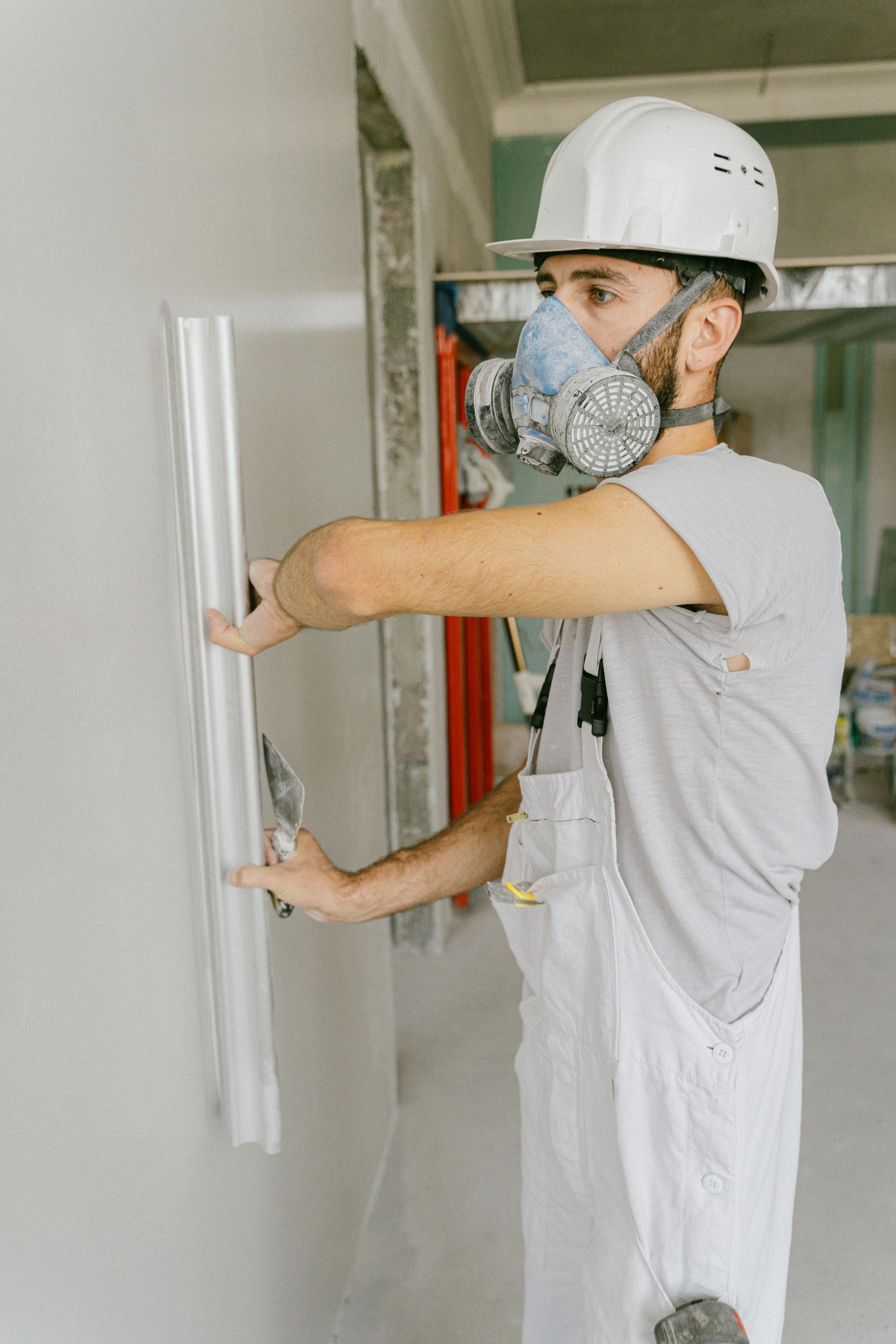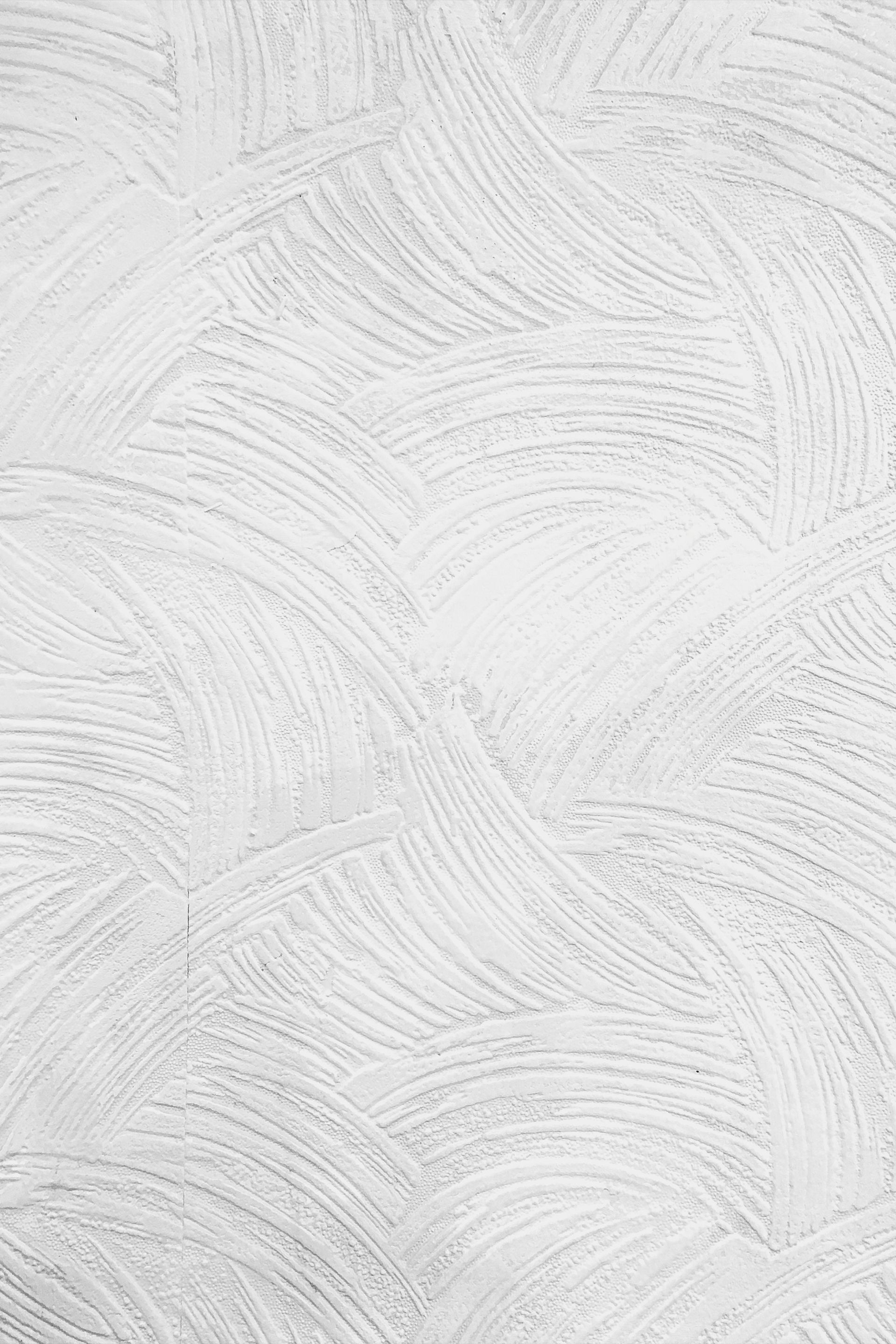
Is Mold Taking Over? Here's How to Remove It for Good
Comprehensive Guide to Effective Mold Remediation and Repair Solutions
Mold is more than just an unsightly nuisance; it poses serious health risks and can lead to extensive property damage if left untreated. Whether it’s lurking behind your drywall or spreading in your bathroom, understanding mold remediation is crucial for homeowners. In this guide, we’ll explore effective mold removal strategies, the importance of hiring mold experts, and the steps necessary for successful drywall repair.

Understanding Mold: The Basics
Mold is a type of fungus that thrives in damp, humid environments. It can grow on various surfaces, including wood, carpet, and drywall. When mold spores are present in the air, they can lead to respiratory issues and other health problems, making it essential to address mold infestations promptly.
Common Signs of Mold Growth
- Visible Mold: Discoloration on walls or ceilings, often appearing as black, green, or white patches.
- Musty Odors: A persistent, earthy smell in areas prone to moisture.
- Water Damage: Signs of leaks, stains, or water pooling around fixtures.
- Health Symptoms: Frequent headaches, coughing, or allergic reactions among occupants.
Identifying the Source of Mold
To effectively tackle mold, you must first identify its source. Common causes of mold growth include:
- Leaking pipes or roofs
- High humidity levels (above 60%)
- Poor ventilation
- Flooding or water damage
By pinpointing the root cause, you can implement the right mold solutions to prevent future infestations.
The Mold Remediation Process
Mold remediation involves several key steps to ensure that mold is removed thoroughly and effectively. Here’s a comprehensive breakdown of the mold remediation process.
1. Assessment and Inspection
Before any mold removal can occur, it’s crucial to conduct a thorough inspection of the affected areas. This often involves the expertise of mold experts who can identify hidden mold, assess damage, and determine the appropriate remediation strategies.
2. Containment
Once mold is identified, the next step is to contain the affected areas. This prevents the spread of mold spores during the removal process. Containment measures can include:
- Sealing off areas with plastic sheeting
- Using negative air pressure to filter the air
3. Mold Removal
The actual removal of mold is where the expertise of a mold contractor comes into play. Various methods may be used, depending on the extent of the infestation:
- Physical Removal: Scrubbing moldy surfaces with appropriate cleaning solutions.
- HEPA Vacuuming: Utilizing specialized vacuums to capture mold spores.
4. Mold Cleaning and Disinfection
After mold is physically removed, thorough cleaning and disinfection are necessary to eliminate any remaining spores. This may involve the use of commercial mold cleaning products or natural solutions like vinegar or hydrogen peroxide.
5. Drywall Repair and Restoration
If mold has penetrated drywall, it may need to be replaced. Here’s how to proceed with drywall repair after mold remediation:
- Assess Damage: Determine the extent of mold damage to the drywall.
- Cut Out Affected Areas: Remove sections of drywall that show signs of mold growth.
- Install New Drywall: Use a drywall contractor to ensure proper installation.
- Seal and Paint: Apply a mold-resistant primer and paint to prevent future growth.
6. Mold Treatment
After repairs are made, consider implementing ongoing mold treatment solutions to prevent mold from returning. This includes:
- Using dehumidifiers to maintain low humidity levels.
- Ensuring proper ventilation in bathrooms and kitchens.
- Regularly checking for leaks and addressing them promptly.
- Hiring Mold Experts for Successful Remediation
While some homeowners may attempt DIY mold removal, hiring mold experts near me is often the best course of action, especially for large infestations. Here are the advantages of working with professionals:
- Experience and Knowledge: Mold professionals have the training to effectively assess and treat mold infestations.
- Access to Equipment: Professionals utilize specialized tools and cleaning solutions that may not be available to the average homeowner.
- Comprehensive Solutions: Mold contractors often provide a full range of services, including mold remediation services near me, mold cleaning, and ongoing maintenance plans.
When to Call for Professional Help
It’s essential to know when to seek help from mold professionals. If you encounter any of the following situations, contacting experts is recommended:
- Extensive mold growth (larger than 10 square feet)
- Signs of mold in hard-to-reach areas (e.g., HVAC systems)
- Persistent moisture issues in your home
- Health problems related to mold exposure
Finding the Right Mold Contractor
When searching for a mold contractor near me, keep the following tips in mind to ensure you hire a qualified professional:
- Check Credentials: Ensure the contractor is licensed and insured.
- Read Reviews: Look for feedback from previous clients to gauge their experience and effectiveness.
- Ask for Estimates: Obtain multiple quotes to compare pricing and services.
- Inquire About Methods: Discuss the methods they use for mold removal and remediation.
Cost of Mold Remediation
The cost of mold remediation can vary widely depending on several factors, including:
- Extent of Infestation: More extensive mold growth will require more time and resources.
- Location: Prices may differ based on geographical location and local market rates.
- Accessibility: Hard-to-reach areas may increase labor costs.
On average, homeowners can expect to pay anywhere from $500 to $3,500 for mold remediation services. Always request an estimate before proceeding with any work.
Mold Prevention Tips
Preventing mold from returning after remediation is crucial. Here are several tips to keep your home mold-free:
- Control Humidity: Use dehumidifiers in basements and crawl spaces.
- Ensure Proper Ventilation: Install exhaust fans in kitchens and bathrooms.
- Regular Maintenance: Check for leaks and address any plumbing issues promptly.
- Use Mold-Resistant Materials: Consider using mold-resistant drywall and paint.
Conclusion
Mold can wreak havoc on your home and health, but with the right knowledge and approach, you can effectively combat it. By understanding mold remediation and working with mold experts, you can ensure a thorough and lasting solution to your mold problems. Whether you’re dealing with a small patch of mold or a larger infestation, it’s vital to take action promptly. Remember, the key to a mold-free home lies in prevention, proper maintenance, and timely remediation.
By utilizing these strategies, you'll not only remove mold from your house but also create a healthier living environment for you and your family. So, if you find yourself asking, "Is mold taking over?" take this guide to heart and implement these steps for successful mold removal and remediation.
You might also like
Book a Service Today
We will get back to you as soon as possible
Please try again later


